Description
Bryophyllum Pinnatum – Patharchata, Panfuti, Stone kidney plant
Bryophyllum Pinnatum, commonly referred to as the Patharchatta plant, embraces its scientific name, bringing the wonders of nature to your surroundings. Native to Madagascar, the Patharchatta plant is also widely distributed in tropical climates. It captivates with its distinct growth pattern and health advantages. Furthermore, its adaptability allows it to thrive as an outdoor plant, naturally adjusting to its environment.
Due to its distinct therapeutic qualities, the Patharchatta holds a significant position in herbal medicine. Additionally, there are various types, each showcasing different leaf shapes and propagation methods. So, delve into the captivating beauty and explore the potential for healing offered by Bryophyllum Pinnatum—a plant that harmoniously combines aesthetics and well-being.
Medicinal Uses:-
- Wound Healing: It is believed that the leaves of Patharchatta possess wound-healing properties. Applying crushed leaves or leaf extracts onto minor cuts, burns, and bruises might aid in faster healing and reduce the risk of infection.
- Respiratory Relief: Some cultures use Patharchatta to treat respiratory issues such as coughs, colds, and bronchitis. Its expectorant properties might help loosen phlegm and ease breathing.
- Kidney Stones: Some traditional systems of medicine use Patharchatta to potentially aid in dissolving kidney stones and preventing their formation.
Caring Tips:-
- Light: Provide bright, indirect sunlight. Avoid prolonged exposure to direct sunlight, which can scorch the leaves.
- Watering: Between waterings, allow the soil to dry slightly. Overwatering might result in root rot.
- Soil: Use well-draining soil to prevent waterlogging. A mix of potting soil and perlite or sand works well.
- Fertilizing: Feed the plant every 4-6 weeks during the growing season (spring and summer) with a balanced liquid fertilizer diluted to half strength.
- Pruning: Regularly remove dead or yellowing leaves to promote healthier growth. Pinching back the stems can encourage bushier growth.


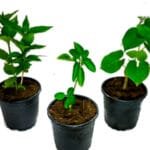
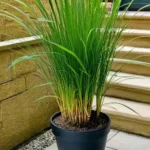
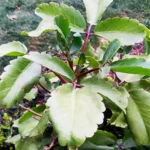
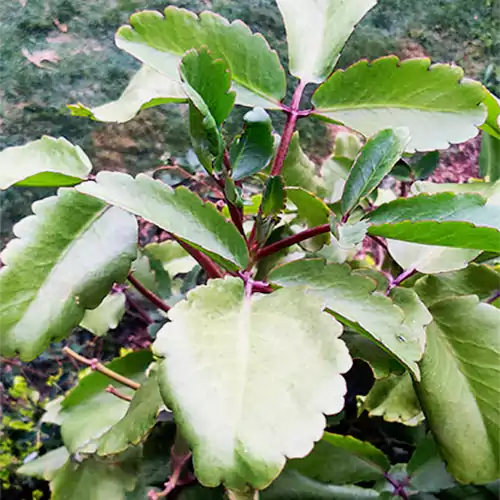
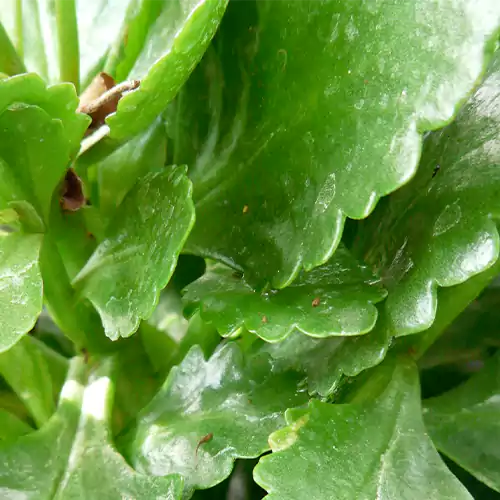
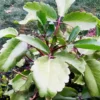

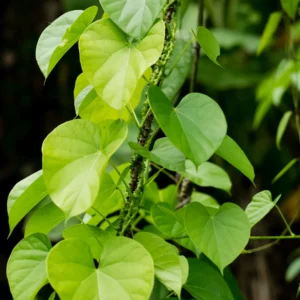
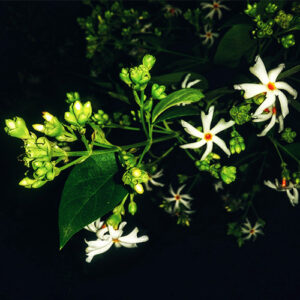
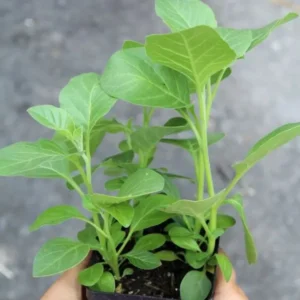
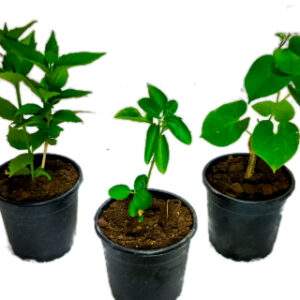
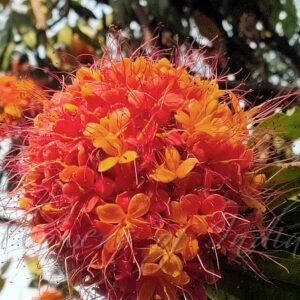
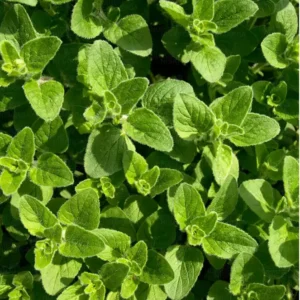
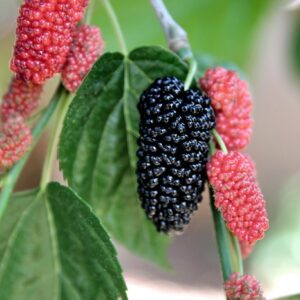

Reviews
There are no reviews yet.